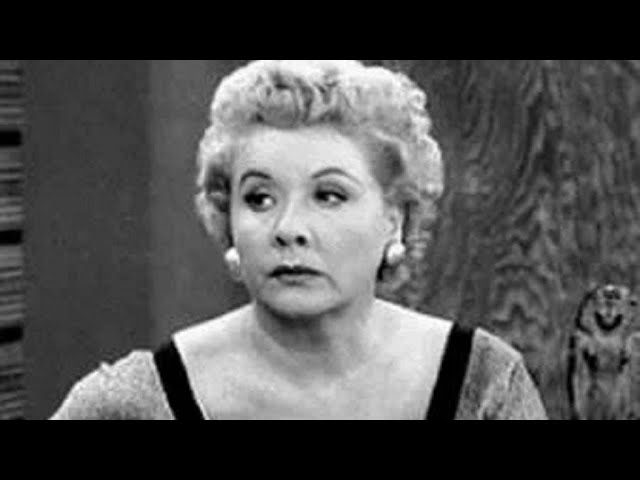In the golden age of Hollywood, smoking on screen was a prevalent trend that became almost synonymous with classic films and television shows. The image of the suave detective with a cigarette or the glamorous actress exhaling a plume of smoke is iconic. But why did the cast of so many productions have to smoke so heavily? Let’s delve into the reasons behind this phenomenon.
Video Link : https://www.youtube.com/watch?v=YqU4hem826Y
1. Cultural Norms and Glamour
Smoking as a Status Symbol: In the early to mid-20th century, smoking was widely seen as a symbol of sophistication, rebellion, and sex appeal. It was a cultural norm for both men and women, and the film industry capitalized on this image. Actors and actresses smoking on screen enhanced their allure and added to their personas of cool, rebellious, and stylish characters.
Marketing and Image: Cigarette companies were keen to associate their products with the glamorous life of Hollywood stars. By featuring smoking prominently in films, it reinforced the perception that smoking was glamorous and desirable.
2. Product Placement and Sponsorships
Financial Incentives: Tobacco companies provided substantial financial support to film and television productions in exchange for product placement. This meant that actors were often required to smoke specific brands as part of their roles. These sponsorship deals were highly lucrative for the studios and ensured a steady flow of funding.
Integrated Marketing: Smoking scenes were seamlessly integrated into the narrative of films, making it appear natural and necessary for character development. This practice not only promoted the tobacco brands but also normalized smoking among the audience.
3. Character Development and Plot Devices
Symbolism: Smoking was often used as a plot device to convey certain character traits or emotions. For example, a character lighting a cigarette could signify contemplation, stress, or a moment of revelation. The act of smoking added depth and nuance to character portrayals.
Realism: In historical dramas or films set in specific eras, smoking was portrayed to maintain historical accuracy. Since smoking was more common in past decades, it was depicted to reflect the social habits and lifestyles of the time accurately.
4. Directorial and Artistic Choices
Visual Aesthetics: Directors and cinematographers used the visual effects of smoking, such as the way smoke could fill a scene or the act of lighting a cigarette, to create mood and atmosphere. The visual appeal of smoke swirling in the air added a dramatic effect that was hard to achieve otherwise.
Method Acting: Some actors embraced smoking as part of their method acting techniques to fully embody their characters. Smoking became a tool to immerse themselves in their roles and deliver more authentic performances.
5. Changing Perspectives
Health Awareness: Over the years, as the health risks associated with smoking became more widely known, the portrayal of smoking in films and TV shows began to decline. The rise of anti-smoking campaigns and legislation further discouraged smoking on screen.
Modern Standards: Today, smoking scenes are more scrutinized, and there is greater emphasis on promoting healthier lifestyles. While smoking still appears in media, it is often depicted in a negative light or shown as a harmful habit, reflecting the shift in societal attitudes towards smoking.
